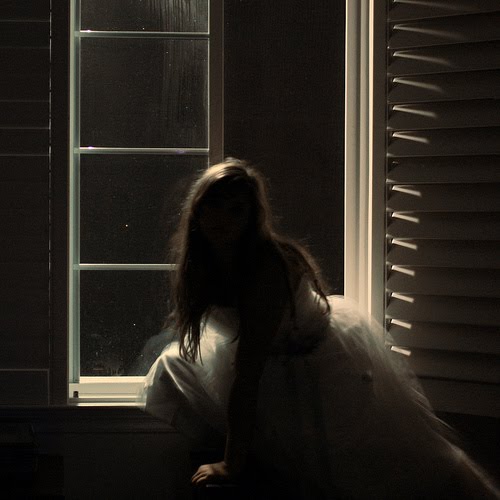
Watershed Facts from The Turtle Creek Watershed Association
http://tcwa.org* The term watershed has two definitions. For many years, “watershed” meant the dividing line boundary where a raindrop falling on one side went towards one body of water and a drop on the other flowed to a different body. For example, the Continental Divide is the line where precipitation on one side heads to the Pacific Ocean and on the other side to the Atlantic Ocean.
* More commonly nowadays, “watershed” is defined not just as that boundary, but as the area of land within it draining into a specified body of water – in our case into Turtle Creek.
* The Turtle Creek watershed is a part of the larger Monongahela River watershed, then the Ohio River watershed, and then the Mississippi River watershed.
* The Turtle Creek watershed starts at the eastern edges of Murrysville and Hempfield Township, the middle of Delmont, and the western edges of Salem and Washington Townships and Greensburg then moves downstream to the Edgar Thompson Works on the Monongahela River – a total of 147 square miles.
* The highest elevation in the watershed is 1,520.0 feet above sea level in Hempfield Township. The lowest is 718.8 feet where Turtle Creek enters the Monongahela River. Most high points of the watershed boundary are between 1,200 and 1,400 feet.
* Included in the watershed are all or parts of 33 communities in Allegheny and Westmoreland Counties.
* Turtle Creek has ten major tributaries for a combined total of 315 stream miles.
* For the purposes of study, our watershed is divided into fourteen sub-watershed units. Upper, Middle, and Lower Turtle Creek form three. Upper and Lower Brush Creek form two more. The other nine tributaries form the rest.
* Our two greatest economic, environmental, and health & safety problems come under the umbrella headings of Abandoned Mine Drainage (AMD) and Stormwater.
* AMD is formed when ground water, which was pumped out during active mine operations, pools in abandoned mine tunnels or when precipitation flows through mine spoil piles. Mine-related materials, such as pyrite (an iron and sulfur compound formed at similar geologic times to coal), dissolve in the water.
* The only two sub-watershed units unaffected by AMD are Haymaker Run and Steels Run.
* Excessive stormwater runoff is the source of numerous problems including: combined sewer overflows, drinking water source contamination, erosion, flooding, habitat destruction, lowered water tables, sanitary sewer overflows, sedimentation, and streambank destabilization.
All parts of the watershed are impacted by excess stormwater runoff problems.











